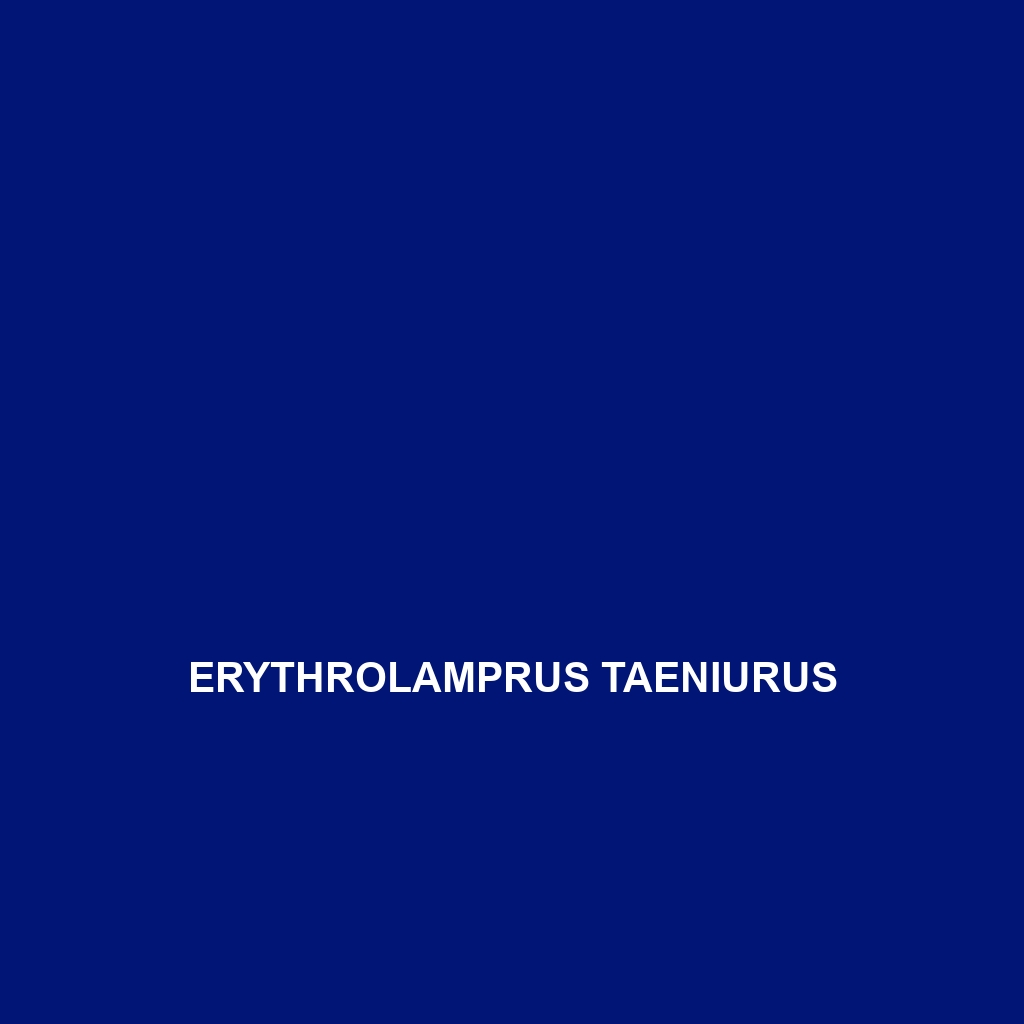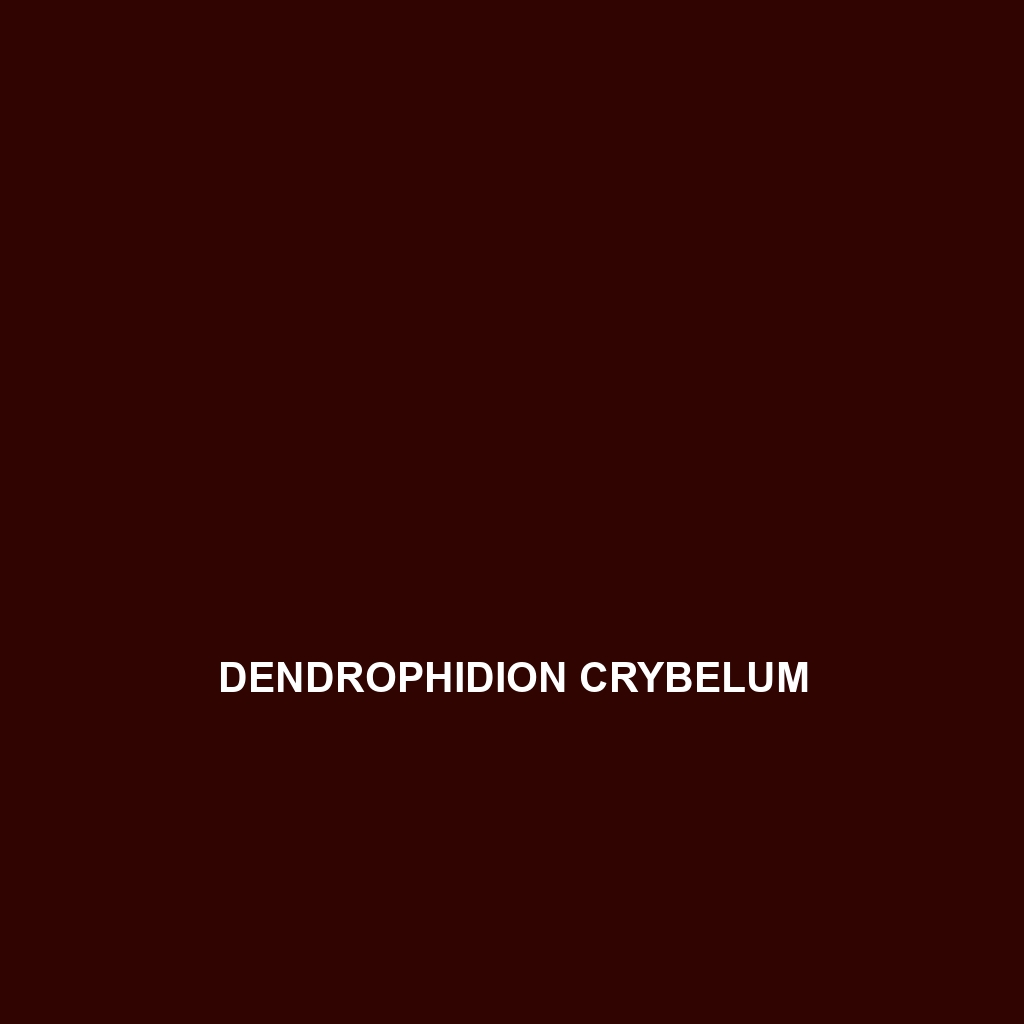Experience the allure of the Liopeltis rappi, a non-venomous snake found in the tropical rainforests of Southeast Asia, known for its stunning green and brown coloration and slender, elongated body that can reach up to 2.5 meters. This nocturnal predator plays a crucial role in its ecosystem by regulating populations of small mammals and reptiles through its ambush hunting tactics.
Tag: snake species profile
Imantodes gemmistratus
Discover the stunning Imantodes gemmistratus, or spotted slug snake, known for its striking dark brown to greenish patterns and exceptional climbing abilities. Thriving in Central and South America's tropical rainforests, this nocturnal insectivore plays a vital role in maintaining ecosystem balance while showcasing fascinating behaviors and unique adaptability.
Hebius frenatus
Discover the striking Hebius frenatus, or striped snake, a slender, nocturnal species inhabiting Southeast Asia's rainforests and temperate forests. Recognizable by its vivid light-colored stripes on a dark body, this insectivorous snake plays a crucial role in its ecosystem, regulating insect populations while serving as prey for larger animals.
Euprepiophis conspicillata
The Euprepiophis conspicillata, also known as the Japanese rat snake, is a strikingly beautiful species native to Japan, Korea, and eastern China, measuring between 120 to 200 cm in length and exhibiting a vibrant mix of brown and yellow with dark stripes. This diurnal predator plays a vital role in controlling small mammal and bird populations while thriving in diverse habitats, from temperate forests to agricultural fields.
Eryx johnii
The Eryx johnii, or Indian Sand Boa, is a robust, nocturnal snake native to the dry regions of the Indian subcontinent, known for its distinctive brown or yellowish coloration with darker blotches, and its ability to camouflage in sandy environments. This obligate carnivore primarily feeds on small rodents and lizards, exhibiting fascinating burrowing behavior and viviparous reproduction, contributing significantly to the ecological balance of its habitat.
Erythrolamprus taeniurus
Discover the beautifully patterned Erythrolamprus taeniurus, commonly known as the striped snake, featuring vibrant stripes and a sleek body. This adaptable, nocturnal carnivore thrives in tropical rainforests, savannas, and temperate forests, playing a vital role in its ecosystem as both predator and prey.
Enuliophis sclateri
Enuliophis sclateri (Sclater's snake) is a striking, nocturnal predator native to tropical rainforests and temperate forests, boasting a slender body that can reach up to 120 cm, rich brown to deep green coloration, and a diet primarily consisting of small mammals and insects. Classified as vulnerable due to habitat loss, this fascinating species plays a vital role in its ecosystem by controlling prey populations and contributing to biodiversity.
Dipsas alternans
fascinating Dipsas alternans, or alternate snail eater, a non-venomous snake found in the tropical forests of Central and South America. With its slender body, distinctive coloration, and diet primarily consisting of land snails, this nocturnal species plays a vital role in controlling snail populations in its ecosystem.
Dendrophidion crybelum
The Dendrophidion crybelum, or crystal tree snake, is a vibrant green arboreal snake native to the tropical rainforests of Costa Rica and Panama, characterized by its striking yellow and black markings, agile climbing abilities, and diet consisting mainly of small mammals and lizards. This species plays a vital role in its ecosystem by regulating prey populations and serves as a food source for larger predators, while currently being classified as of Least Concern by the IUCN.
Cerastes cerastes
Discover the Cerastes cerastes, also known as the horned desert viper, a medium-sized venomous snake characterized by prominent horns and excellent camouflage in North Africa's arid landscapes. This nocturnal predator is known for its ambush hunting strategy, feeding primarily on small mammals, birds, and lizards, and plays a crucial role in maintaining ecological balance in its desert habitat.









